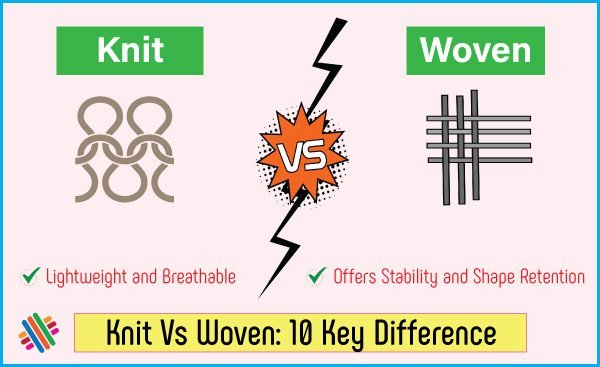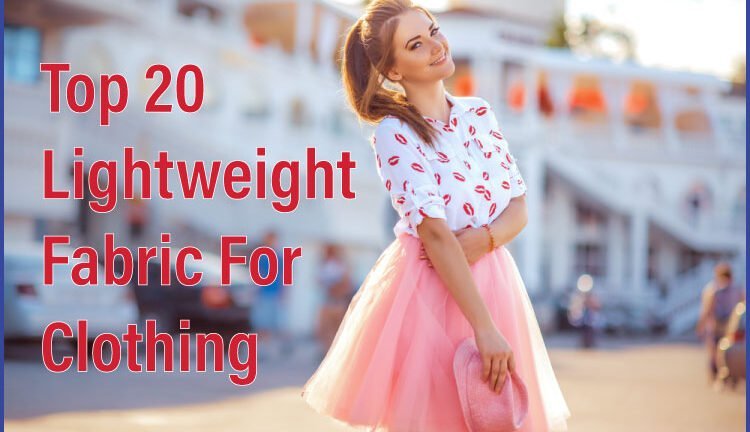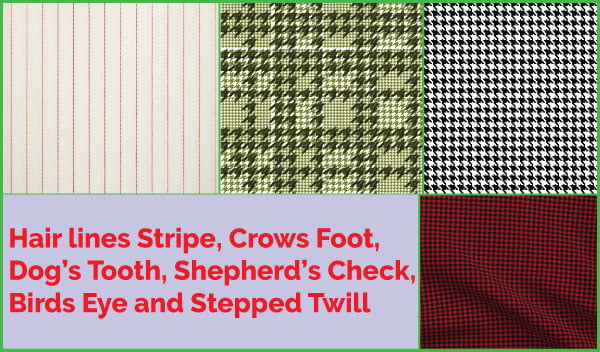Knit Vs Woven: 10 Key Difference
Clothing is an essential article in our personal and social life. And fabric is the primary raw material of clothing. The fabrics can be produced from natural as well as synthetic materials. There are different ….. Read More






